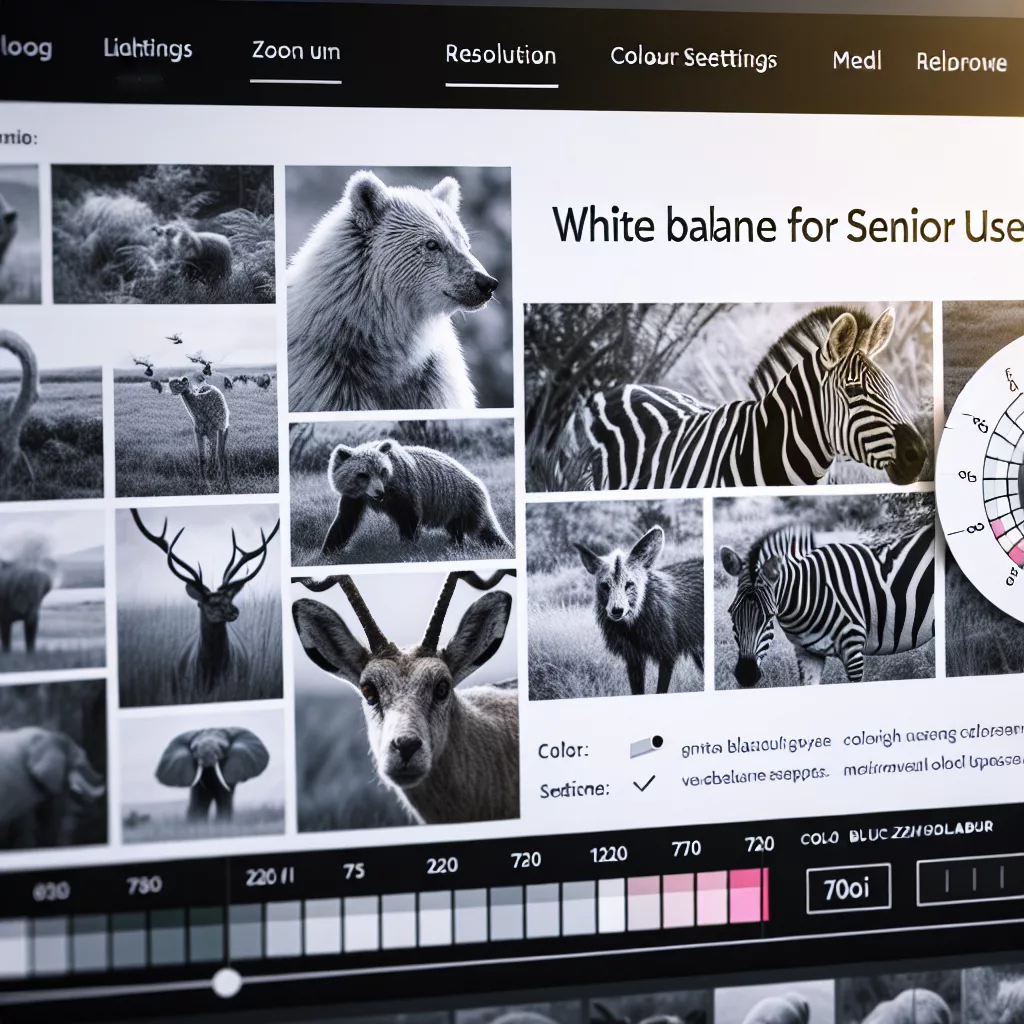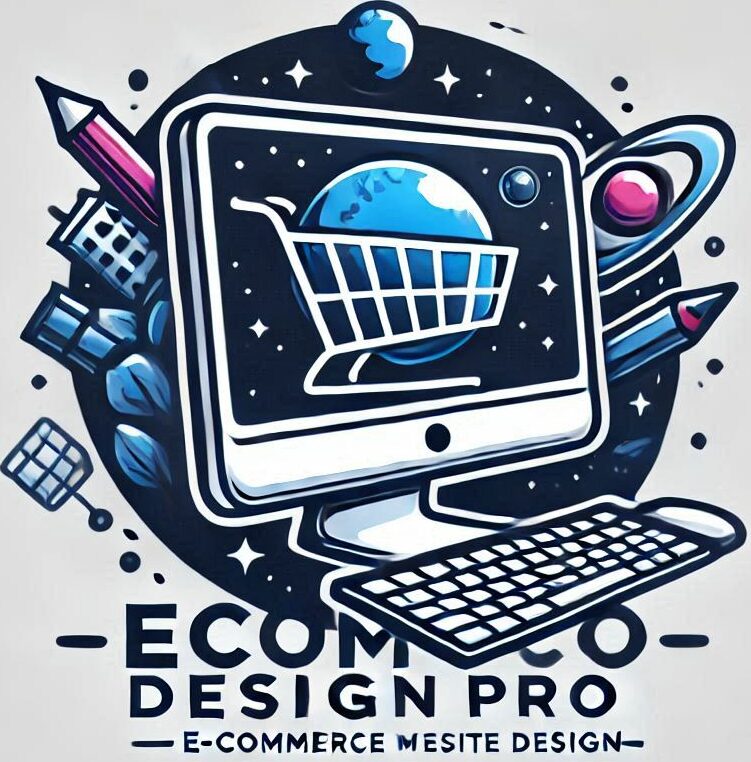
Simplifying Navigation for Senior Users in E-commerce Design
In today’s digital age, e-commerce has become an integral part of our daily lives. With the convenience of online shopping, more and more people are turning to e-commerce platforms to purchase goods and services. However, one demographic that is often overlooked in the world of e-commerce is senior users. As the population ages, it is crucial for e-commerce designers to consider the needs and preferences of senior users when designing their platforms. In this article, we will explore the importance of simplifying navigation for senior users in e-commerce design and discuss some key trends that are emerging in this area.
First and foremost, it is essential to understand the unique challenges that senior users face when navigating e-commerce websites. As we age, our cognitive abilities and physical dexterity may decline, making it more challenging to navigate complex websites. This can lead to frustration and ultimately deter senior users from using e-commerce platforms. Therefore, it is crucial for designers to simplify the navigation process for this demographic.
One trend that has emerged in e-commerce design for senior users is the use of larger fonts and buttons. As we age, our eyesight may deteriorate, making it difficult to read small text or click on tiny buttons. By using larger fonts and buttons, designers can make it easier for senior users to read and interact with the website. This simple yet effective design choice can significantly improve the user experience for seniors.
Another trend that is gaining popularity is the use of clear and concise language in website content. Senior users may have difficulty understanding complex or technical terms, so it is crucial to use simple and straightforward language in website content. This not only makes it easier for seniors to navigate the website but also improves the overall user experience for all users.
In addition to font size and language, designers are also incorporating more visual cues in e-commerce design for senior users. Visual cues, such as icons and images, can help guide users through the website and make it easier to understand the content. For example, using a shopping cart icon to represent the shopping cart or a magnifying glass icon for the search function can make it easier for seniors to navigate the website.
Furthermore, designers are also paying attention to the color scheme used in e-commerce design for senior users. As we age, our eyes may become more sensitive to bright colors and high contrast. Therefore, using a softer color palette with less contrast can make it easier for seniors to read and navigate the website. Additionally, designers are also incorporating color-coding to differentiate between different categories or sections on the website. This can help seniors quickly identify the information they are looking for and navigate the website more efficiently.
Another crucial aspect of simplifying navigation for senior users is the use of a clear and consistent layout. Senior users may have difficulty adapting to new layouts or designs, so it is essential to maintain consistency throughout the website. This includes using the same font, color scheme, and layout on all pages of the website. By doing so, designers can create a sense of familiarity for senior users, making it easier for them to navigate the website.
In conclusion, as the population ages, it is crucial for e-commerce designers to consider the needs and preferences of senior users when designing their platforms. By simplifying navigation and incorporating key trends such as larger fonts, clear language, visual cues, and consistent layouts, designers can create a more user-friendly experience for seniors. As e-commerce continues to grow, it is essential to ensure that all users, regardless of age, can easily navigate and utilize these platforms.
Incorporating Accessibility Features in E-commerce Design for Senior Users

In today’s digital age, e-commerce has become an integral part of our daily lives. From buying groceries to booking travel tickets, everything can now be done with just a few clicks. However, with the rise of e-commerce, it is important to consider the needs of all users, including senior citizens. As the population ages, it is crucial for e-commerce websites to incorporate accessibility features that cater to the needs of senior users.
One of the main challenges faced by senior users when it comes to e-commerce is the complexity of the design. Many e-commerce websites are designed with a younger audience in mind, with flashy graphics and small fonts that can be difficult for seniors to navigate. This can lead to frustration and ultimately, a loss of potential customers. Therefore, it is important for e-commerce websites to have a user-friendly design that is easy for seniors to navigate.
One way to make e-commerce websites more accessible for seniors is by incorporating larger font sizes and high contrast colors. As we age, our eyesight tends to deteriorate, making it difficult to read small fonts. By increasing the font size and using high contrast colors, seniors can easily read the content on the website without straining their eyes. This not only makes the website more accessible but also improves the overall user experience.
Another important aspect to consider when designing an e-commerce website for seniors is the layout. It is important to keep the layout simple and clutter-free. Too many options and buttons can be overwhelming for seniors, leading to confusion and frustration. A clean and organized layout with clear navigation can make it easier for seniors to find what they are looking for and complete their purchase without any hassle.
In addition to font size and layout, it is also important to consider the functionality of the website. Many seniors may not be familiar with technology and may find it difficult to navigate through complex processes. Therefore, it is important to have a simple and intuitive design that guides them through the purchasing process step by step. This can include features such as a progress bar or clear instructions on each page.
Moreover, it is crucial for e-commerce websites to have accessibility features for seniors with disabilities. This can include features such as screen readers, voice commands, and keyboard navigation. These features not only make the website more accessible for seniors but also for users with disabilities, ensuring that everyone has equal access to the website.
Apart from the design and functionality, it is also important to consider the language used on the website. Many seniors may not be familiar with technical jargon or slang, so it is important to use simple and easy to understand language. This not only makes the website more accessible but also helps to build trust with senior users.
Incorporating accessibility features in e-commerce design for senior users not only benefits the seniors but also the e-commerce businesses. By making the website more user-friendly, businesses can attract a larger customer base and increase their sales. It also helps to build a positive brand image, showing that the business values and caters to the needs of all its customers.
In conclusion, as the population ages, it is important for e-commerce websites to adapt and cater to the needs of senior users. By incorporating accessibility features such as larger font sizes, simple layouts, and intuitive design, businesses can make their websites more user-friendly for seniors. This not only improves the overall user experience but also helps to increase sales and build a positive brand image. With the right design and features, e-commerce can truly be accessible for all.
Designing User-Friendly Checkout Processes for Senior Users in E-commerce
In today’s digital age, e-commerce has become an integral part of our daily lives. With the convenience of online shopping, more and more people are turning to e-commerce for their purchasing needs. However, one demographic that is often overlooked in the world of e-commerce is senior users. As the population ages, it is important for businesses to cater to the needs of this growing demographic. This includes designing user-friendly checkout processes for senior users in e-commerce.
One of the key factors to consider when designing for senior users is their level of technological proficiency. While many seniors are tech-savvy, there are also those who may not be as comfortable with technology. Therefore, it is important to keep the checkout process simple and easy to navigate. This can be achieved by using a clean and uncluttered design, with large and legible fonts. Additionally, providing clear and concise instructions can help guide senior users through the checkout process.
Another important aspect to consider is the use of color. As we age, our eyesight tends to deteriorate, making it difficult to distinguish between certain colors. Therefore, it is important to use high contrast colors for important elements such as buttons and links. This will make it easier for senior users to navigate through the checkout process and complete their purchase without any confusion.
In addition to color, the use of icons and symbols can also aid in the usability of the checkout process for senior users. Icons and symbols are universal and can be easily understood by users of all ages. They can also help to break up large blocks of text, making it easier for senior users to digest information. However, it is important to use familiar and commonly used icons to avoid any confusion.
Furthermore, it is crucial to keep the checkout process short and simple. Senior users may have a lower attention span and may get easily overwhelmed by a lengthy and complicated checkout process. Therefore, it is important to only ask for essential information and avoid unnecessary steps. This will not only make the process easier for senior users but also for all users, as a shorter checkout process is preferred by most.
Another important aspect to consider is the use of multiple payment options. While credit and debit cards may be the preferred method of payment for younger users, senior users may prefer alternative payment methods such as PayPal or Apple Pay. By offering a variety of payment options, businesses can cater to the needs and preferences of senior users, making the checkout process more user-friendly for them.
Moreover, it is important to provide clear and accessible customer support options throughout the checkout process. Senior users may have questions or encounter issues during the checkout process, and having easily accessible customer support options such as a live chat or a toll-free number can help alleviate any concerns or confusion. This will also show that the business values and cares for its senior customers.
In conclusion, designing user-friendly checkout processes for senior users in e-commerce is crucial in catering to the needs of this growing demographic. By considering factors such as technological proficiency, color, icons, simplicity, payment options, and customer support, businesses can create a seamless and enjoyable checkout experience for senior users. This not only benefits the senior users but also the business, as it can lead to increased customer satisfaction and loyalty. As the population continues to age, it is important for businesses to adapt and cater to the needs of all users, including senior users, in order to thrive in the world of e-commerce.

